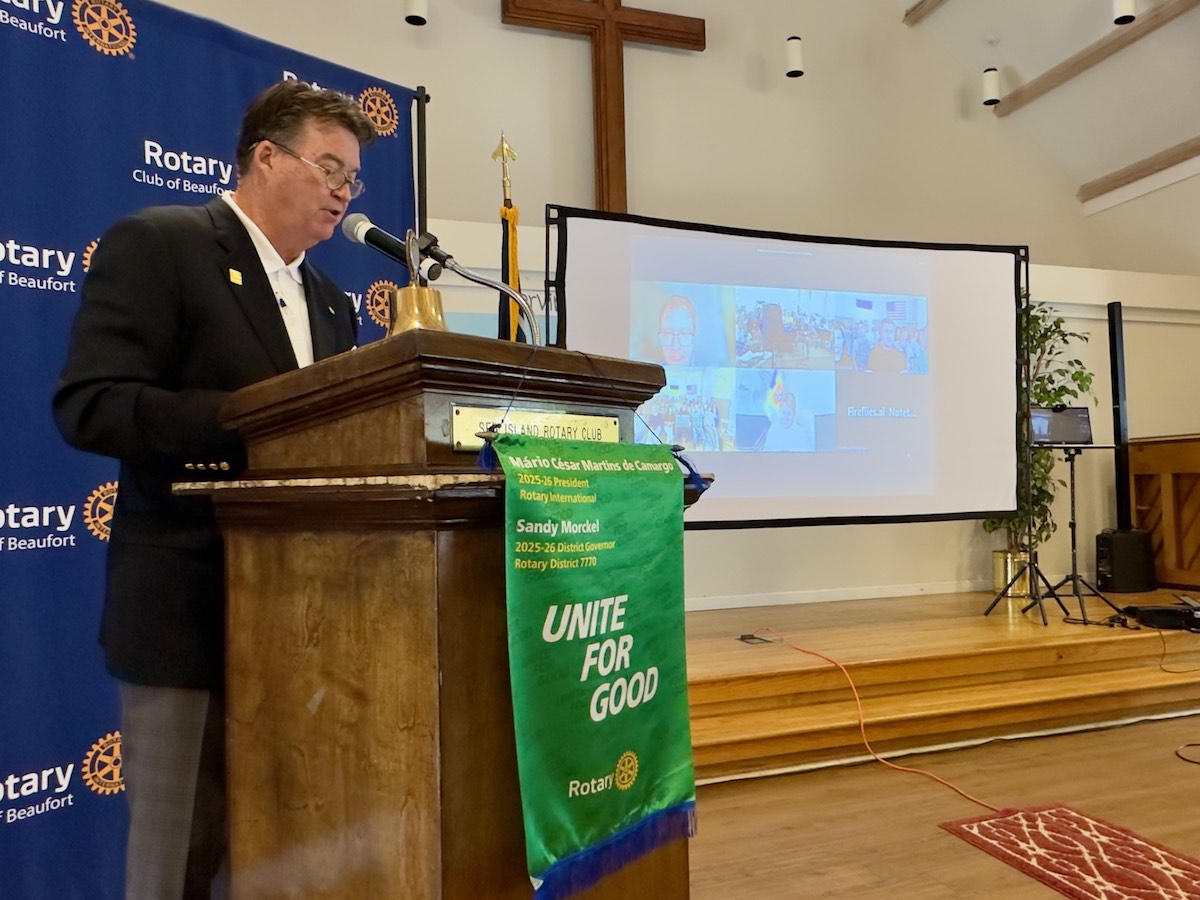I have a book, “Ancient and Medieval Warfare”, written by the West Point Department of History (1984) describing ancient battles like Dara, Cannae and Marathon.
“Ancient and Medieval Warfare” comes with graphics that show a Roman field camp, the Pila (Roman throwing spear) and a Co-Hortal Legion. More importantly, for me, this book shows the dispositions of the Visigoth and Roman cavalry at Adrianople in AD 378. And it is by way of these maps that I learned where and how cavalry first showed that it was superior to infantry.
I do not, however, have any such maps to explain what is happening in Ukraine. This morning we have a photograph (in the Wall Street Journal) showing us the destruction of “several Russian warplanes” in a place called Novofedorivka, Crimea. But the photo does not come with a map showing us this Russian airbase relative to the Ukrainian/Russian front. (A related news story lists nine planes destroyed — a number that is larger than “several.”)
Maps — maps showing Jackson’s Corps (little red boxes) turning Howard’s right flank (little blue boxes) at Chancellorsville — were essential for me in understanding the battles fought during the American Civil War. Other than YouTube (and BBC) the war coverage in Ukraine has been largely free of maps and other graphics that might help one understand the troop deployment, troop strength and the topography in between.
Why, you might ask, does anybody need to know the actual location of the Russian airbase? Well, it’s location might help one understand what kind of weapons were used by the Ukrainians to knock-out the “several Russian warplanes” allegedly destroyed.
We know, for example, that the American-supplied M777 howitzers have a range of 25 miles. We also know that our newly deployed HIMARS (High Mobility Artillery Rocket System) has a range of 50 miles. If we can somehow find a map of Crimea (and have access to a ruler) we can figure-out that the airbase was probably located beyond the ranges of these two weapons. This leads us to the Bayraktar TB2 drone which does have the legs to get that far behind the Russian lines.
Beyond knowing where bridges, railroads and port facilities are located, it would be nice to know where the Russian units are positioned in relation to the Ukrainian units. It seems like these kinds of maps were published during World War II on the front pages of the Washington Post, New York Times and every other American newspaper. But that kind of graphic is gone.
This appears to be deliberate.
The Ukrainians are not naming their units or showing where they are located. Nor are Ukrainian spokesmen telling NBC, CNN or Fox much about the units themselves, or troop strength relative to the strength of the Russian infantry just across the river. Nor is there an Ernie Pyle, Martha Gelhorn or Ernest Hemingway riding in a jeep just behind George Patton as he resolutely and publicly drives toward the front lines.
And, yes, I can understand the need for secrecy in this day and age of cellphones, Facebook and Twitter, and yet its hard to imagine that a movement of troops, the parking of SU-30SM fighter-bombers, or a miles-long convoy of trucks can hide from the high resolution cameras looking down from orbiting satellites.
But, apparently, there is a difference between what the Ukrainians have and what the Russians have.
Although the Russians have satellites they are few, inadequate and outdated. Russia has two optical satellites in orbit — Persona and Hendrix — but they are approaching the end of their functional lives. Furthermore, the resolution of Persona and Hendrix comes nowhere near that of Keyhole — the American optical satellite that, we are told, can clearly see the “V” painted atop every Russian truck. And it is my bet we are sharing our Keyhole photos with our Ukrainian allies.
After searching the internet, I did happen on the Institute for the Study of War and their interactive maps. Their maps do not pinpoint individual units, but they do identify towns and the Russian units nearby; “Wagner Group private company (PMC) soldiers are in the lead around Bakhmut.” The ISW also shows various-sized green circles indicating “significant combat” in the last 24 hours. These circles indicate intense fighting, yesterday, around Donetsk.
Ukraine wants our artillery; and our money; and it wants to control the narrative. But our attention span — with regard to almost any crisis — is limited.
Scott Graber is a lawyer, novelist, veteran columnist and longtime resident
of Port Royal. He can be reached at cscottgraber@gmail.com.









